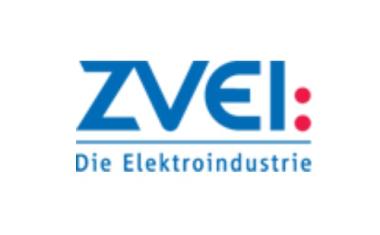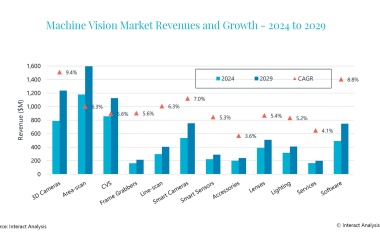More efficient data transfer in data centers
Researchers combine nonlinear predistortion and digital resolution enhancement to overcome DAC challenges.
Data centers stand as the cornerstone of modern information technology infrastructure. These centralized facilities are designed to store, process, and distribute vast amounts of data and applications, serving as the nerve center for digital services and businesses worldwide. From ensuring data availability to supporting scalability, disaster recovery, and maintaining robust security measures, data centers play a critical role in enabling the seamless functioning of today's interconnected digital landscape.

At the heart of data center operations lie data center interconnects, the vital networking infrastructure responsible for facilitating communication between various components within and across data centers. Digital-to-analog converters (DACs) are indispensable components within these interconnects, tasked with converting digital signals into analog signals for transmission over copper cables. Their role in enabling high-speed, cost-effective, and low-latency connectivity cannot be overstated. However, the challenge arises from the requirement for high-resolution DACs, which poses a significant bottleneck due to the associated increase in costs of optical modules.
Addressing this challenge head-on, researchers have presented a groundbreaking solution that combines a look-up-table-based nonlinear predistortion technique with digital resolution enhancement. This innovative approach aims to alleviate the limitations imposed by high-resolution DACs while maintaining efficient data transfer and communication within data center interconnects. The proposed technique has yielded remarkable experimental results, pushing the boundaries of what is achievable in terms of data transmission rates. By employing look-up-table-based predistortion to mitigate nonlinear impairment, and digital resolution enhancement to reduce the demand for DAC resolution, the research team has achieved record-breaking data transmission performance.
Notably, the digital signal processing technique enabled the transmission of signals at rates exceeding 124 GBd PAM-4/6 and 112 GBd PAM-8 over 2 kilometers of standard single-mode fiber using 3/3.5/4-bit DACs. Additionally, it facilitated the transmission of 124 GBd PAM-2/3/4 signals over 40 km of standard single-mode fiber using 1.5/2/3-bit DACs. These results represent a significant advancement in data center interconnect technology, demonstrating the feasibility of supporting the next generation of ethernet links targeting speeds of up to 800-GbE or potentially even 1.6-TbE.
Zhaopeng Xu of Peng Cheng Laboratory underscores the significance of these findings, highlighting that they demonstrate “the transmission of the highest data rates with the lowest-cost digital-to-analog converters for data center interconnects.” Beyond revolutionizing data center interconnects, these advancements hold promise for transforming various applications across 6G access networks and passive optical networks. By overcoming the challenges associated with high-resolution DACs, this innovative approach also paves the way for more cost-effective and efficient data transmission. (Source: SPIE)











